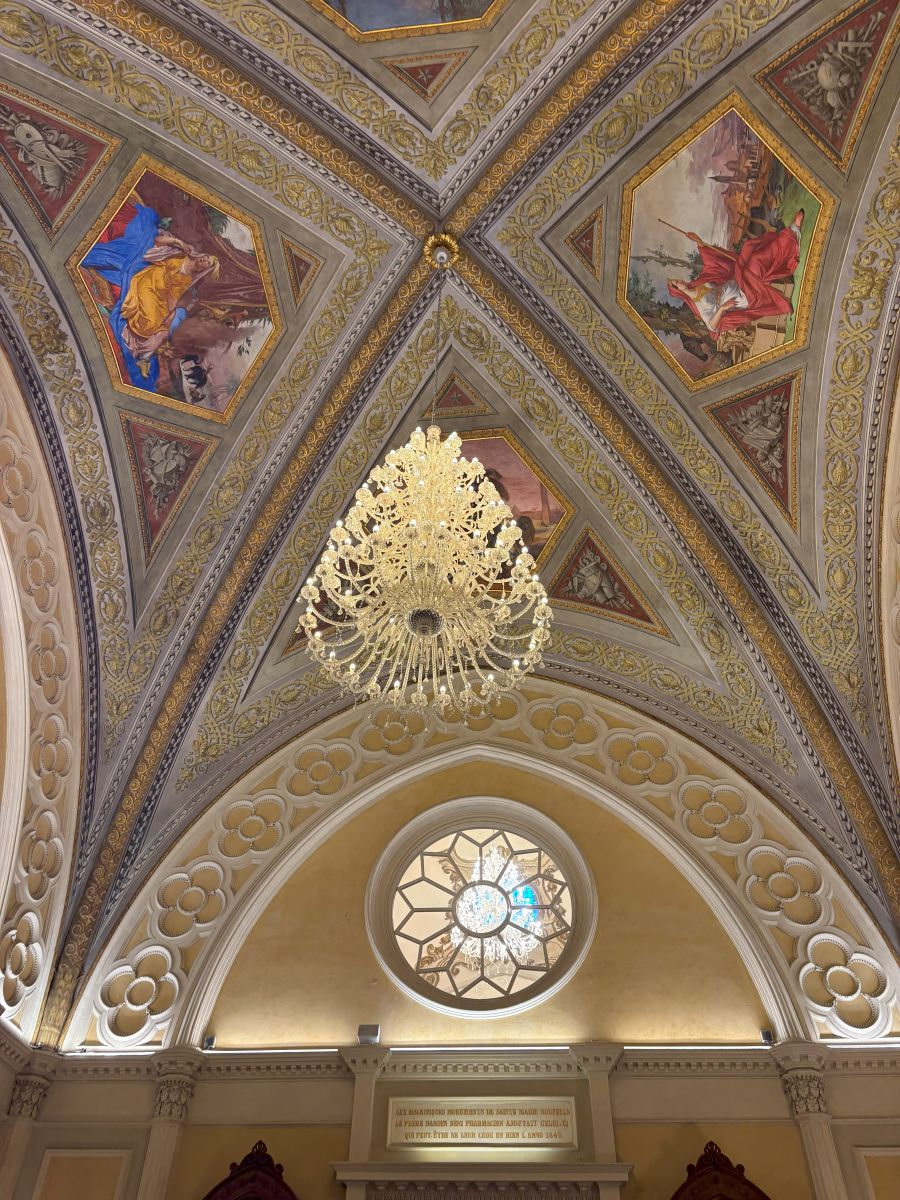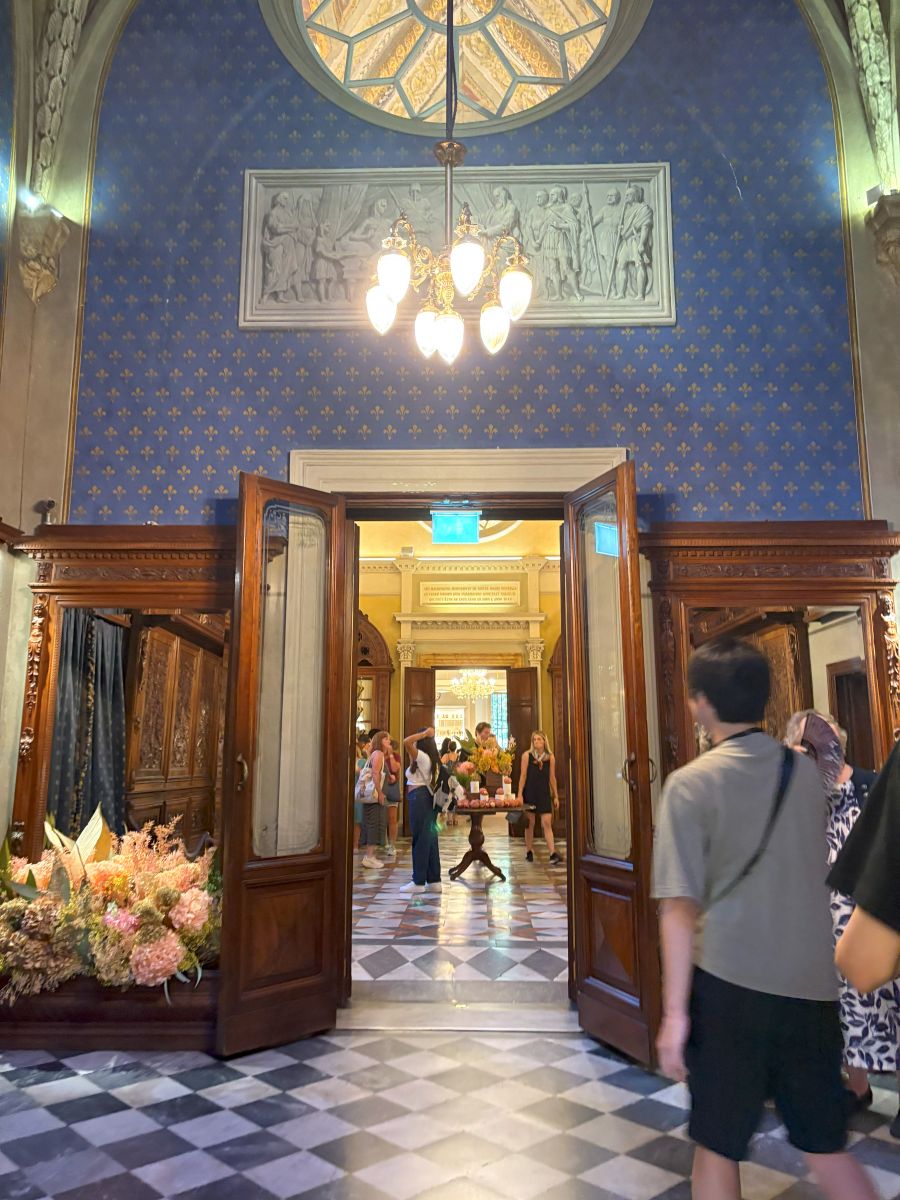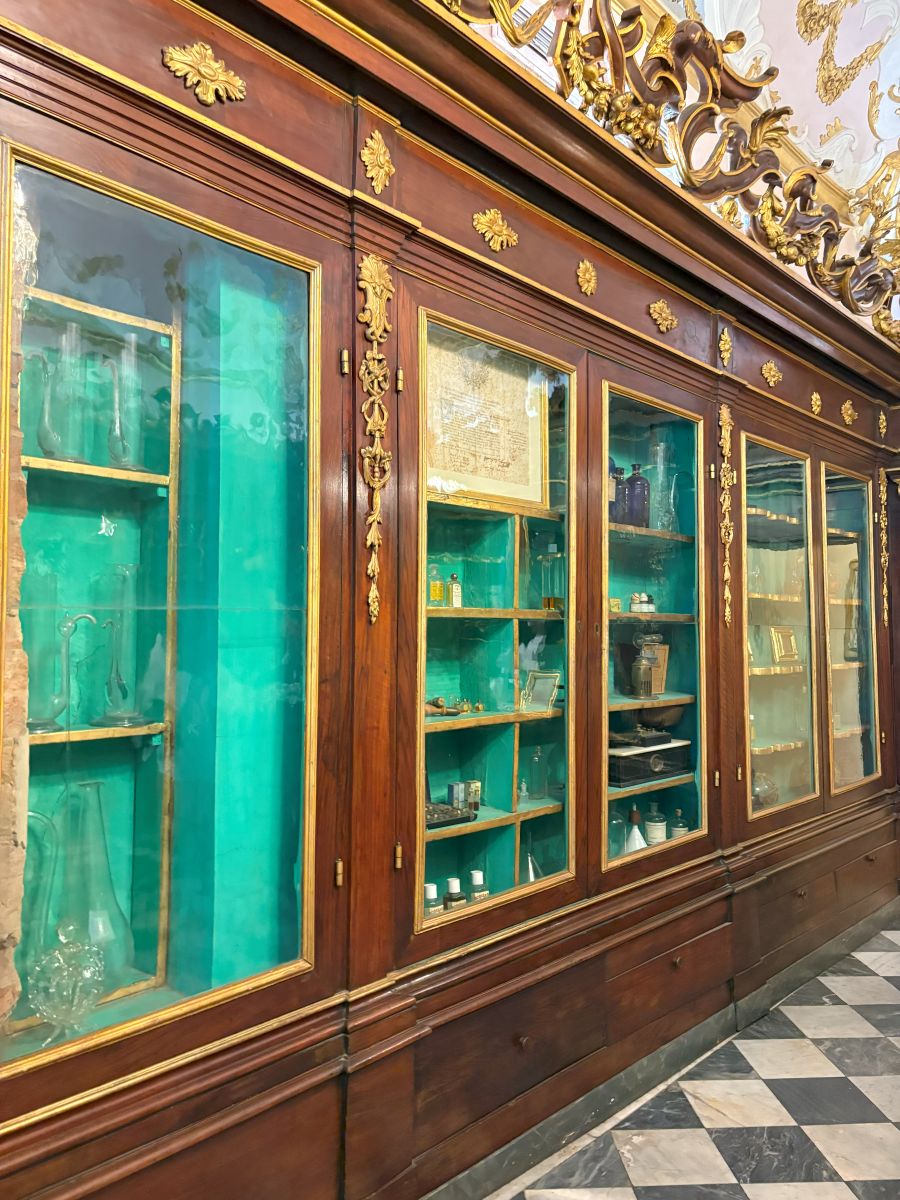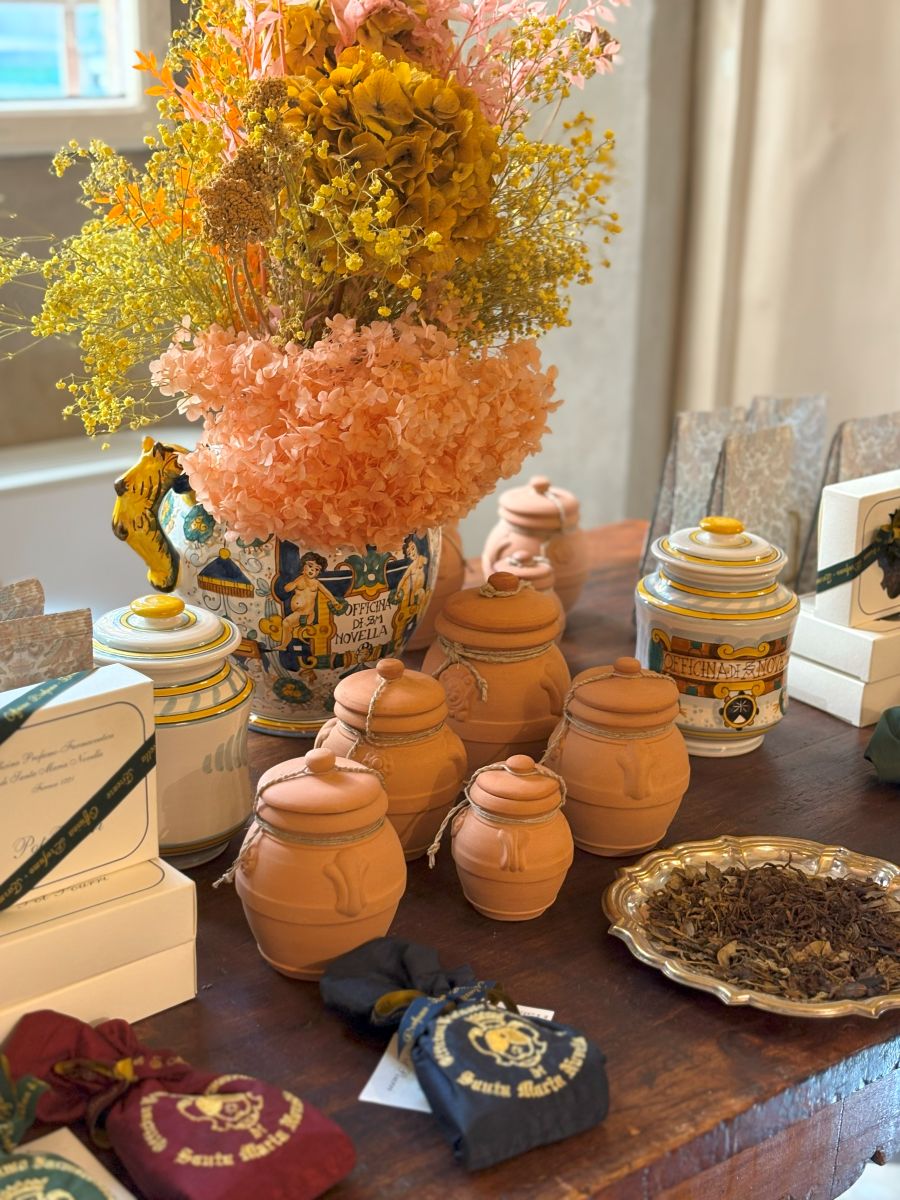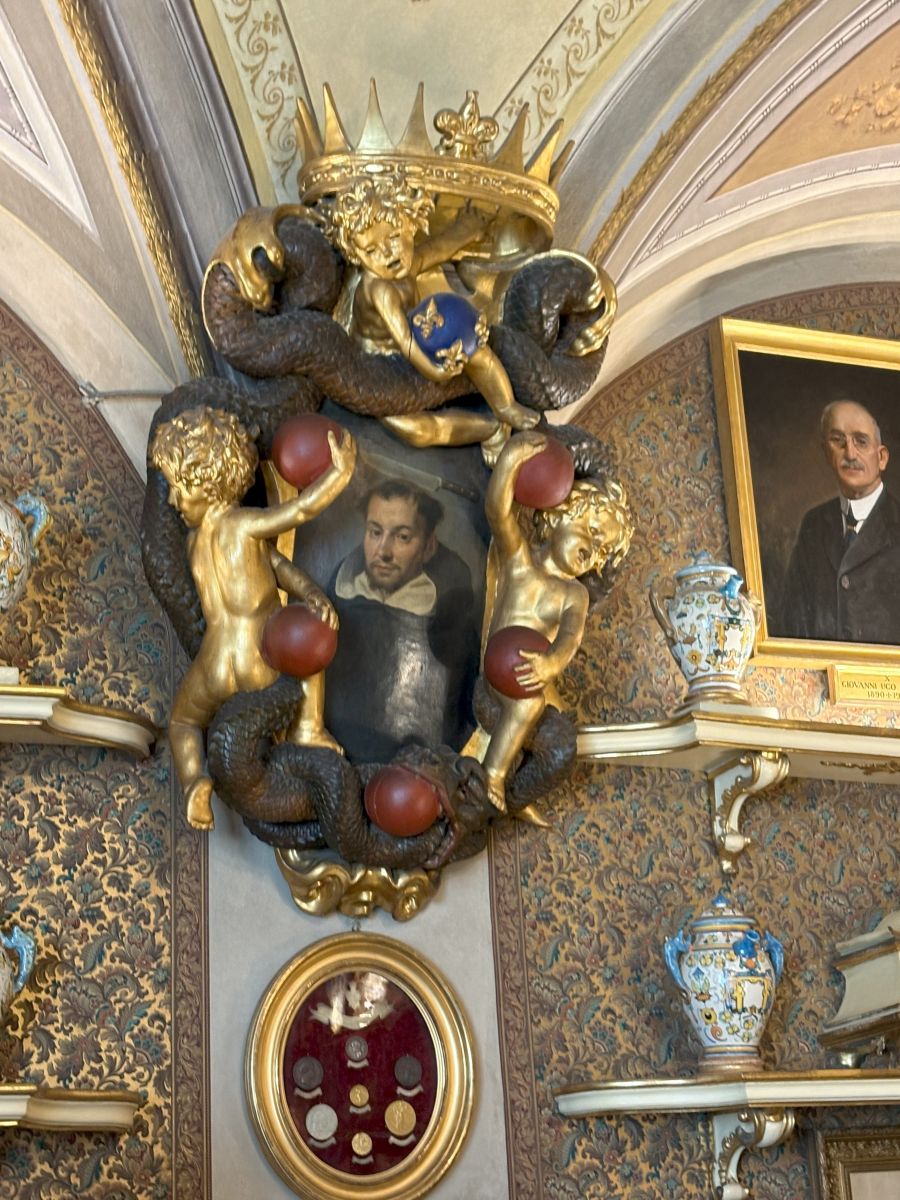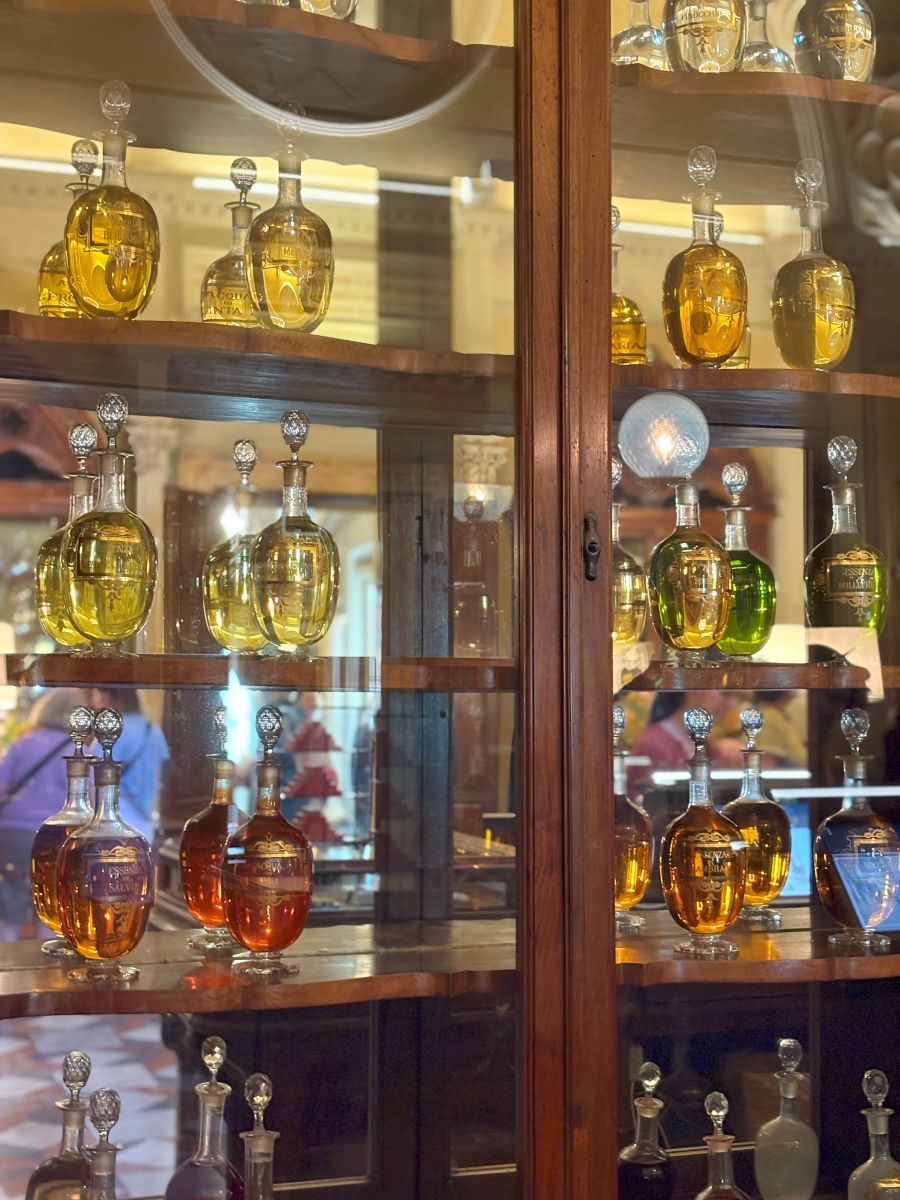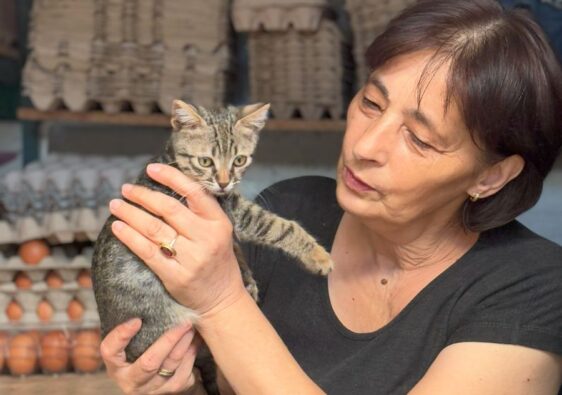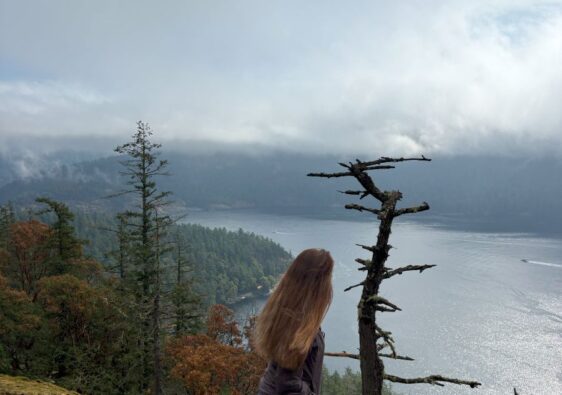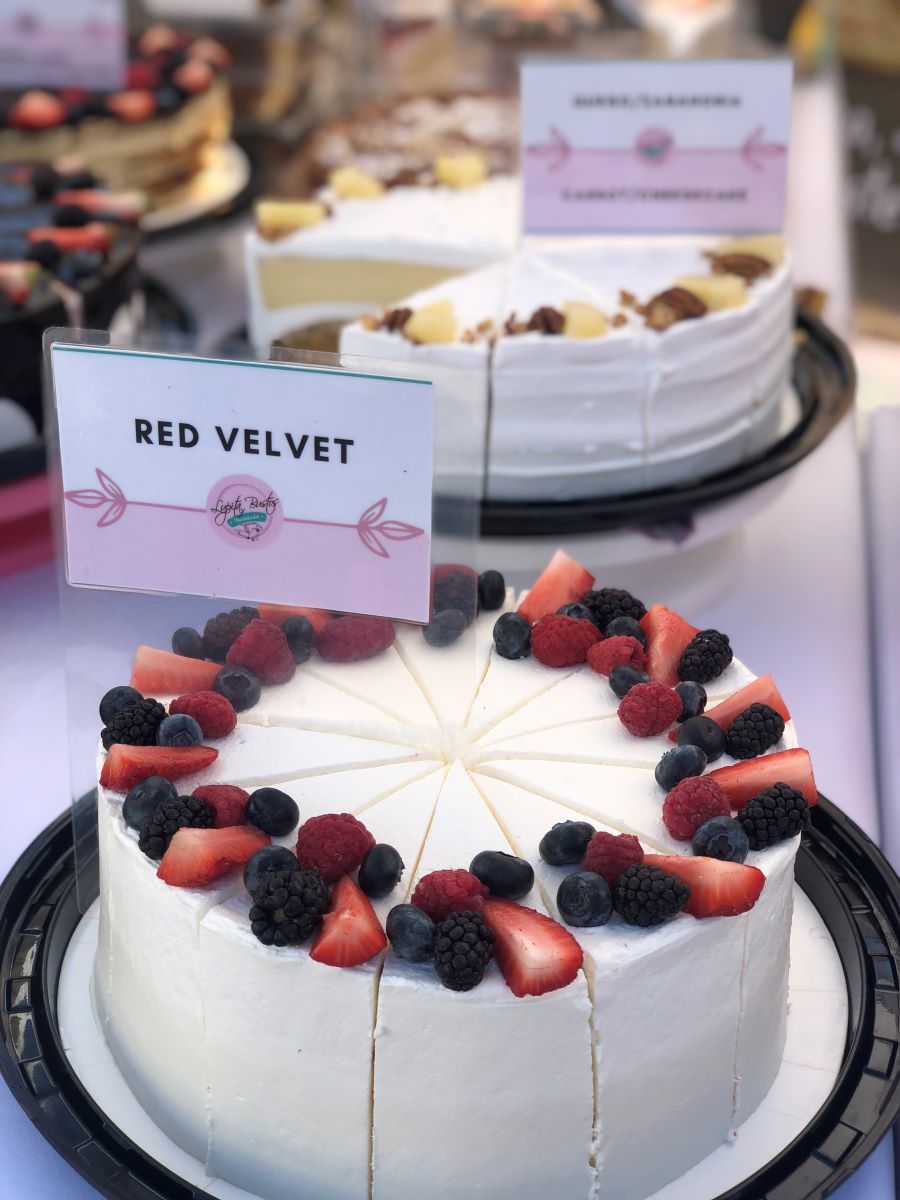Something I enjoy doing in each destination that has an historical core, is wander aimlessly. To have no time constraints or specific goal in mind, simply to explore and discover. Get lost with me in Florence Italy and let’s see what we can uncover.

Duomo
The place to begin this adventure for me is the iconic Duomo or the Cathedral of Santa Maria del Fiore. How can one visit Florence without seeing this masterpiece? As I walk up the street towards her, I am already in awe. That red brick dome I see in the distance is stunning.
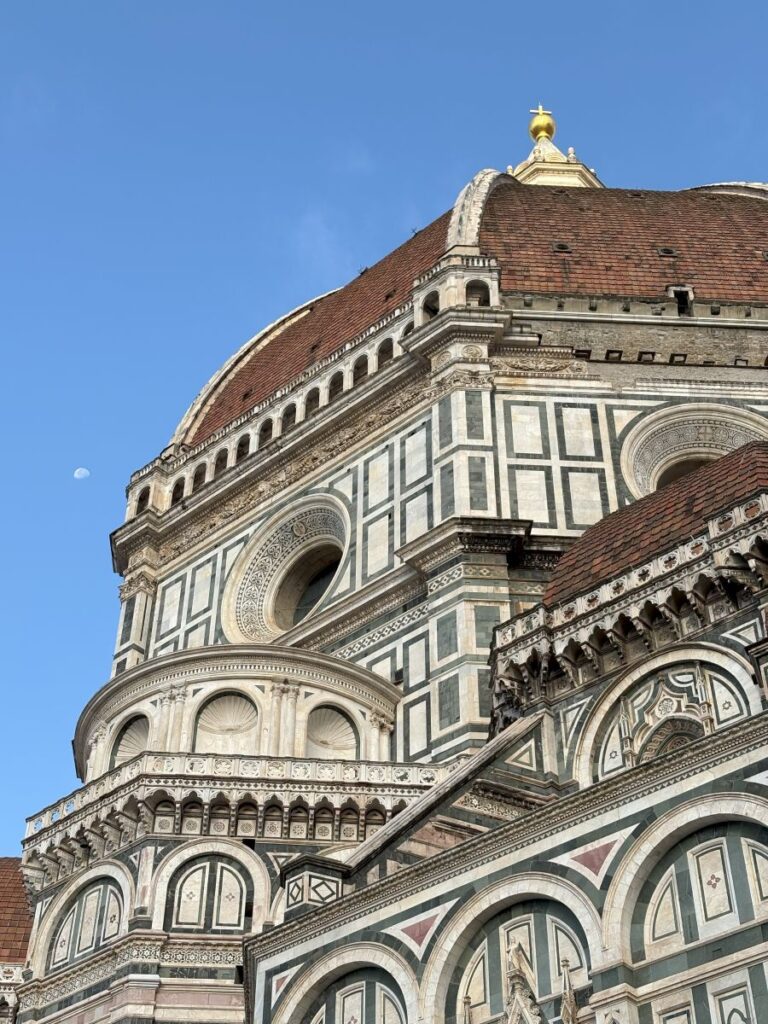
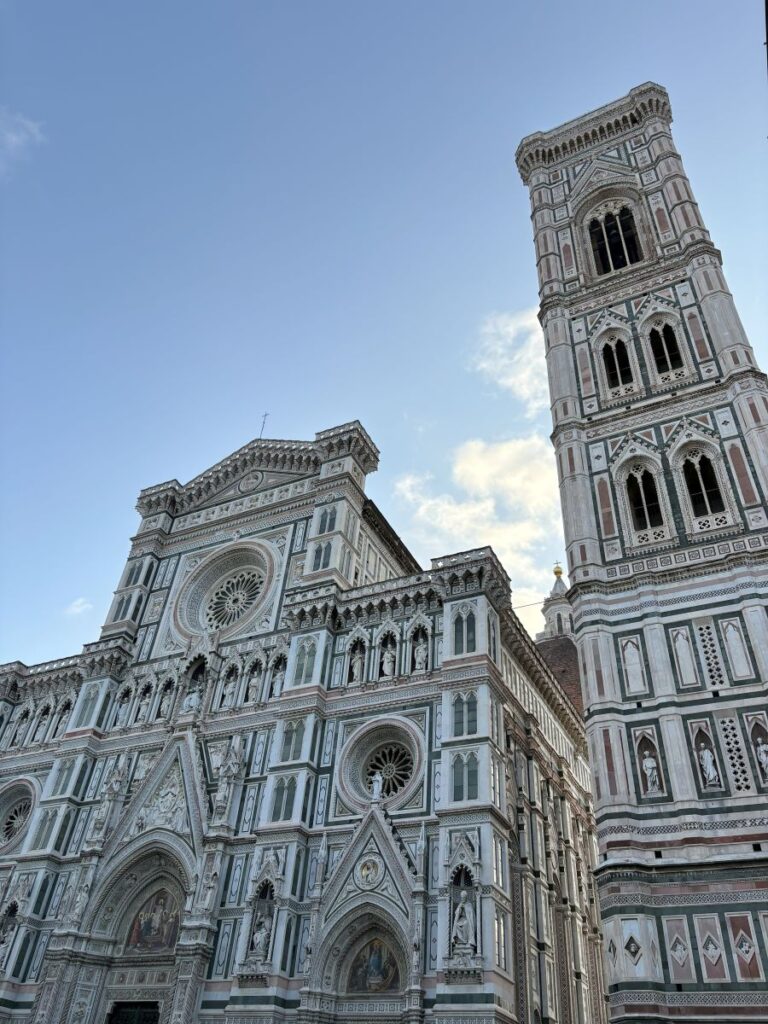
Construction began on the cathedral in 1296 and was completed 1420, well all but the dome that is. A competition was announced to select the architect for such a monstrous project. The winner? Filippo Brunelleschi, a goldsmith without a lick of engineering experience. By 1436 Brunelleschi had completed the dome and it remains today, the largest masonry dome every constructed.
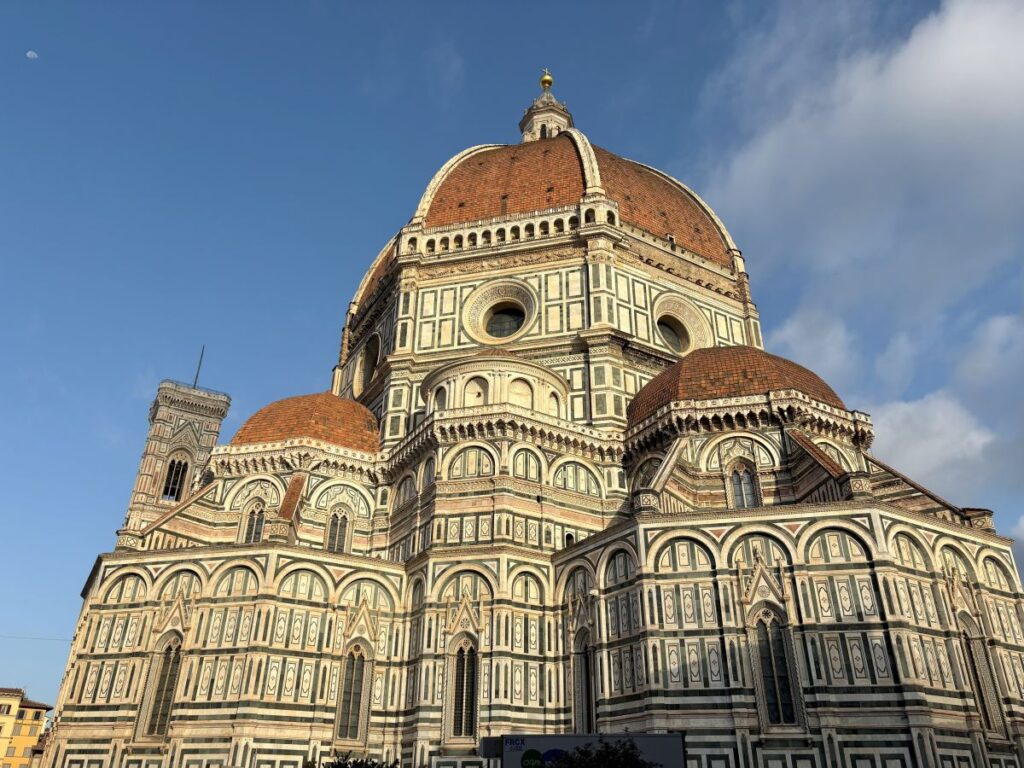
Piazzas
One thing I love about Italian municipal design are the public squares. Every few blocks one wanders, there seems to be a wide-open space, usually full of trees, benches, cafes and shops. These give the community space to engage under the sun, share a meal and enjoy the company of others.
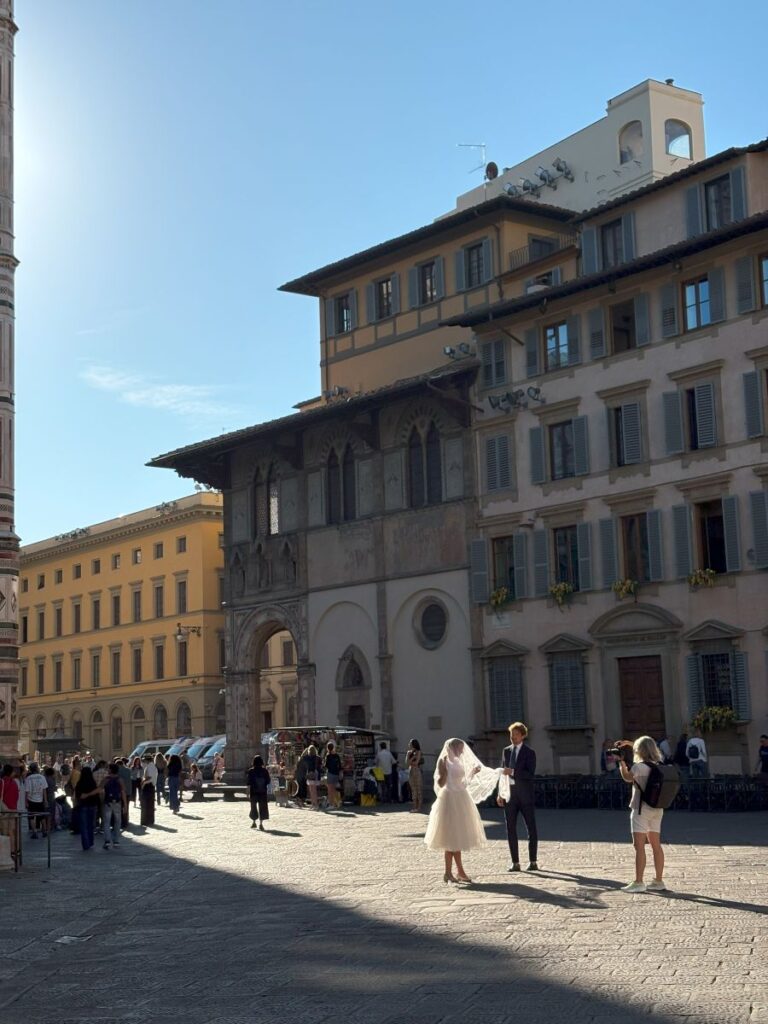
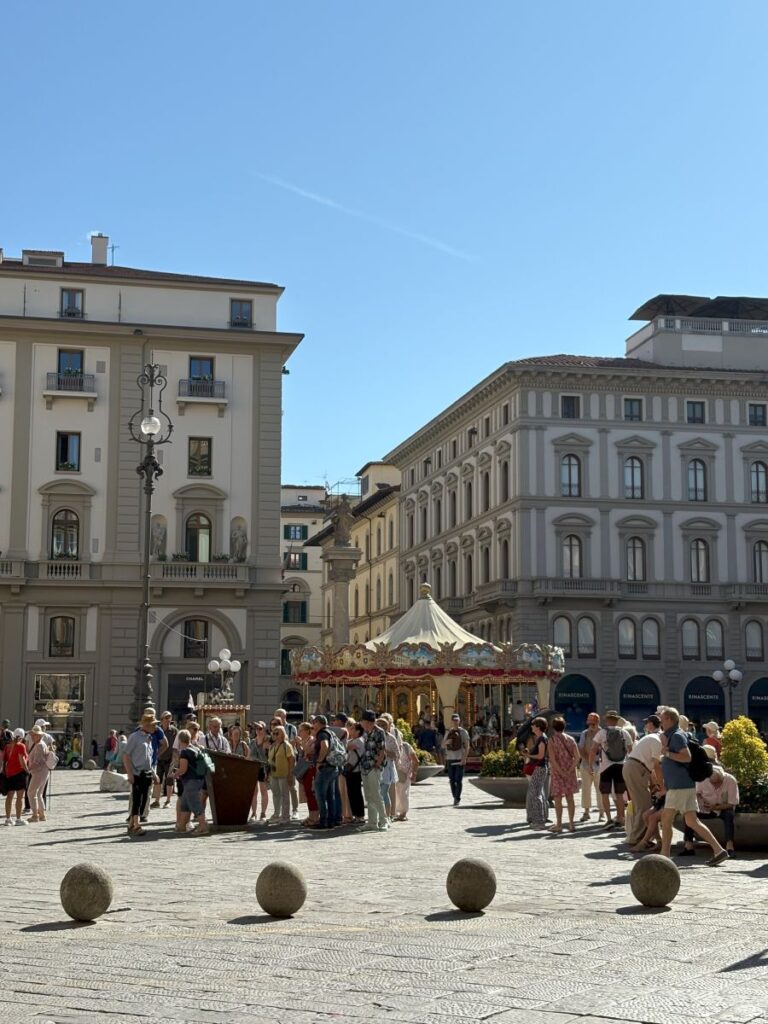
Florence has many, and we just left one of them at the Cathedral. Another one is particularly large and significant and called, Piazza della Signoria. Historically this was the centre of the Florentine republic, surrounded by government buildings and the Palazzo Vecchio or the ‘Old Palace’, currently the Town Hall.
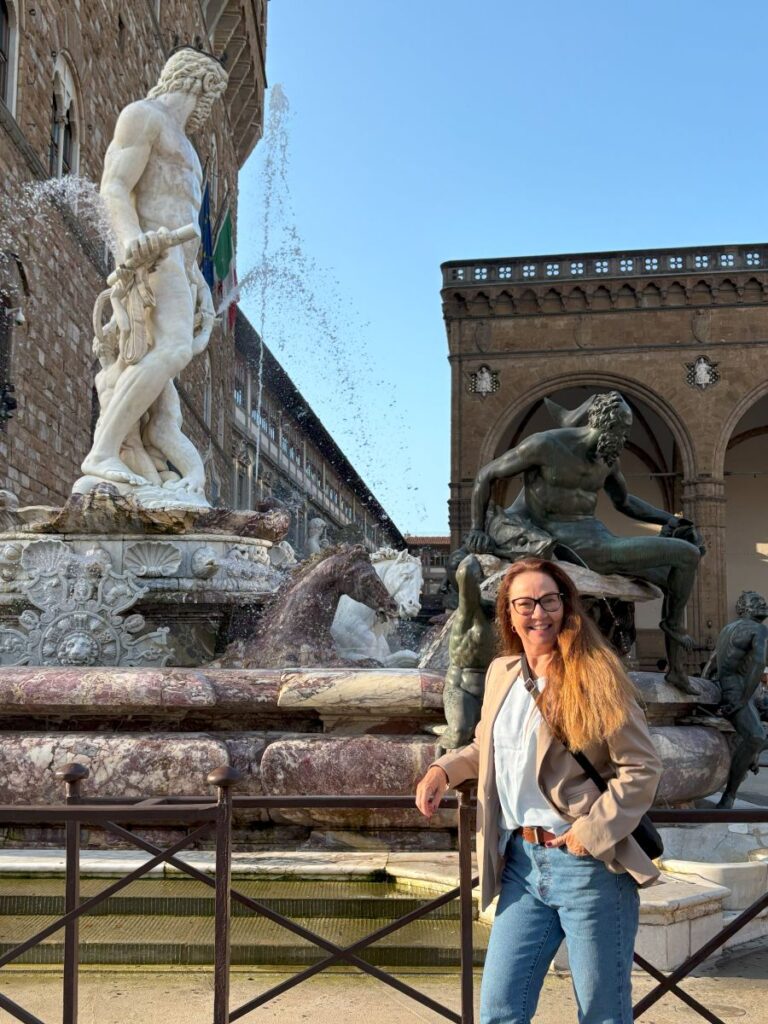
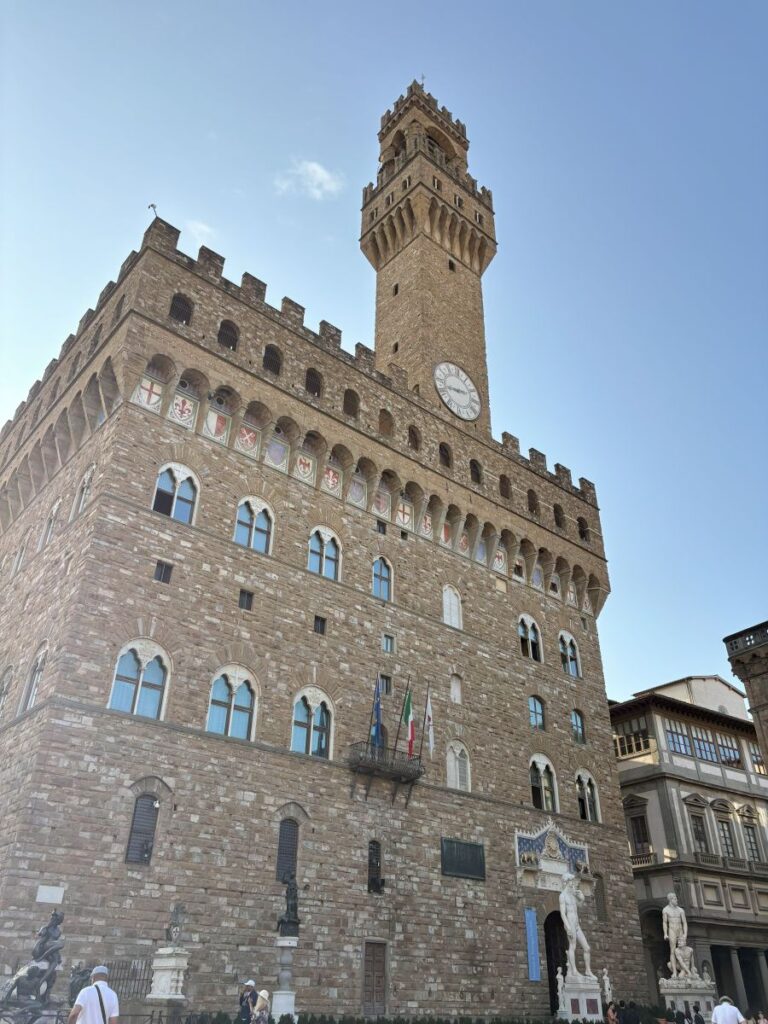
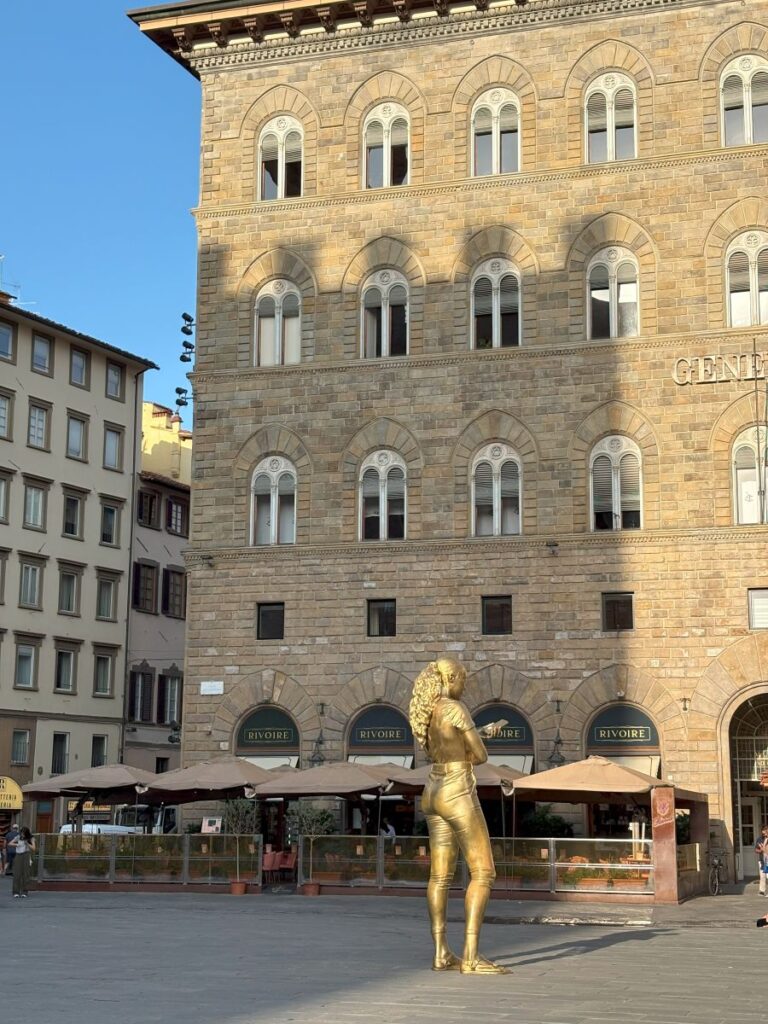
Today this piazza is still the hub of the city, often full of cultural displays and events. The extraordinary large and beautiful Fountain of Neptune can be seen in addition to variety of monuments.
Statuary
Right beside the Palazzo Vecchio is a collection of statues in a space called the Loggia dei Lanzi. Free to enter, I walk around and am astounded by the beauty and complexity of some of these sculptures. Perseus holding the head of Medusa, made in 1554 by Cellini is stunning!
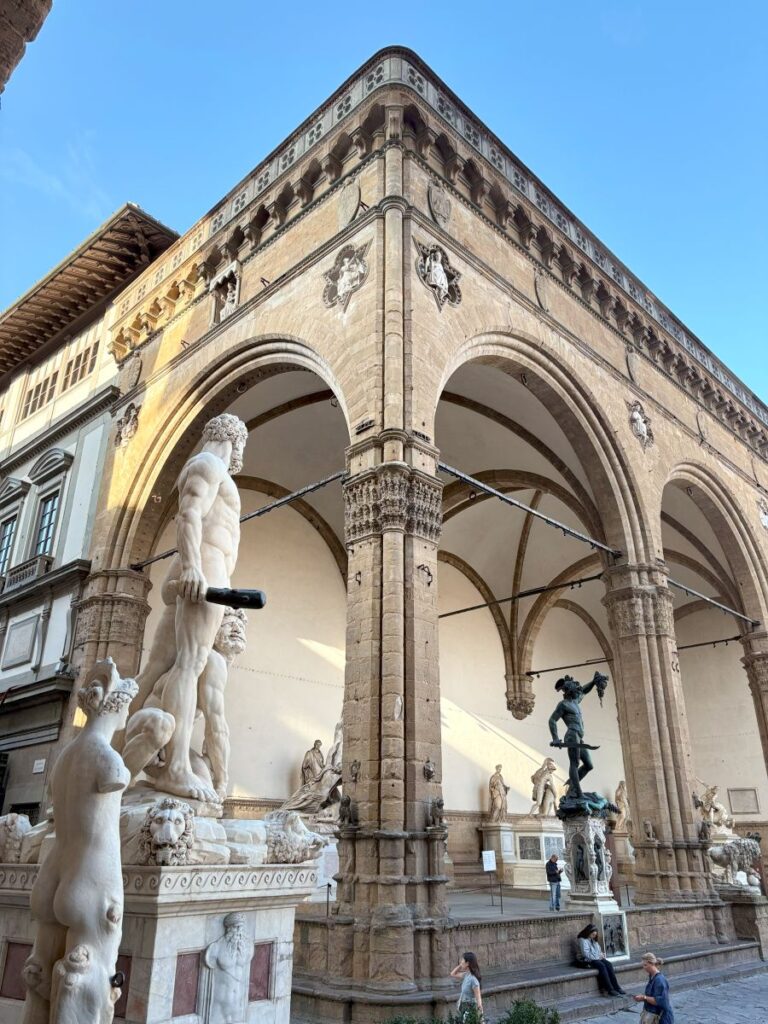
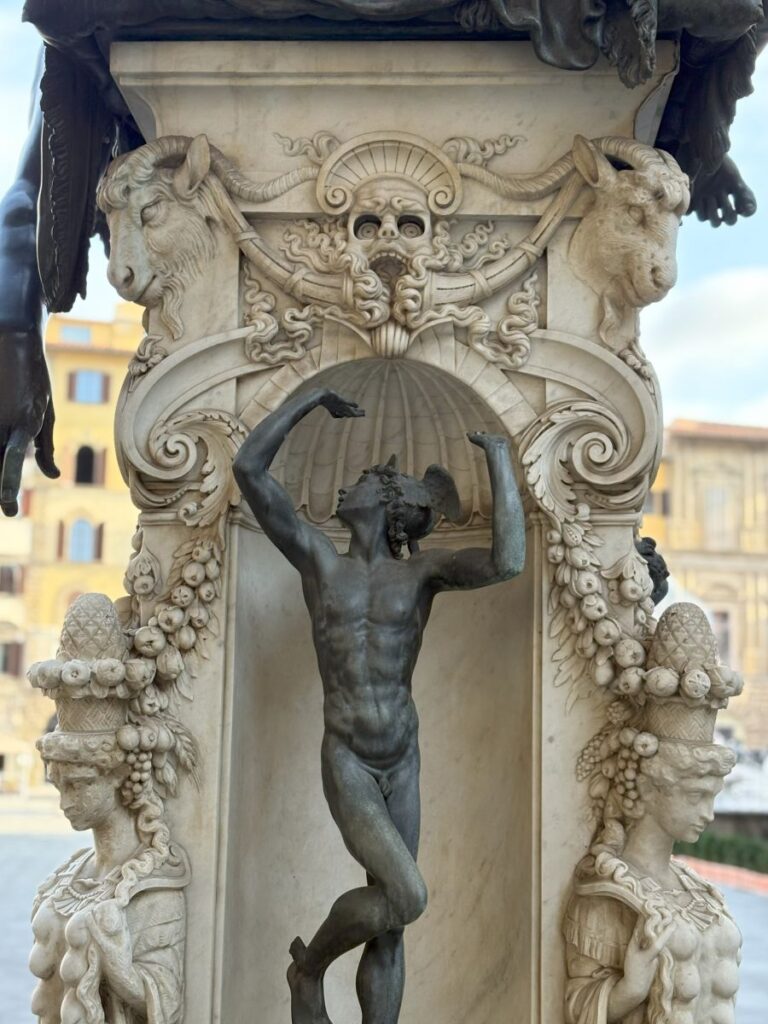

One of the lions is Roman and dates from the 2nd century AD. This entire collection are originals, created by masters and a prime example of Italian Renaissance.
Shops
All around the Centro Storico or historical district, are beautiful boutique shops. Some of them are extra special however, and I need to investigate. One such is the oldest perfumery in Europe, originally run by monks who sold rose scented water here as early as the 1300’s. This store is called Farmaceutica di Santa Maria Novella. If there is a small line to enter, wait, it moves quickly and is well worth it.
Inside this original pharmacy, discover the ceilings covered in 15th century frescoes, walls full of shelving laden with antique bottles. The fragrance and aesthetic inside the shop is intoxicating. Lift up that porcelain cloche and bring it to your nose. This is how you test each perfume to decide if you enjoy that scent.
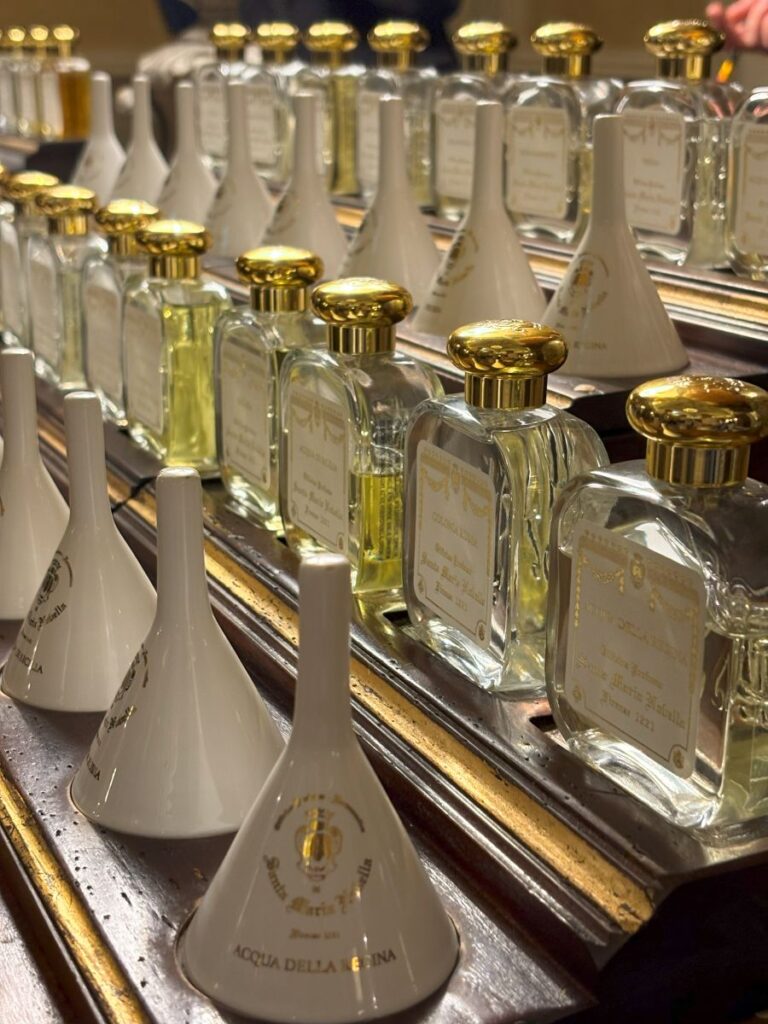

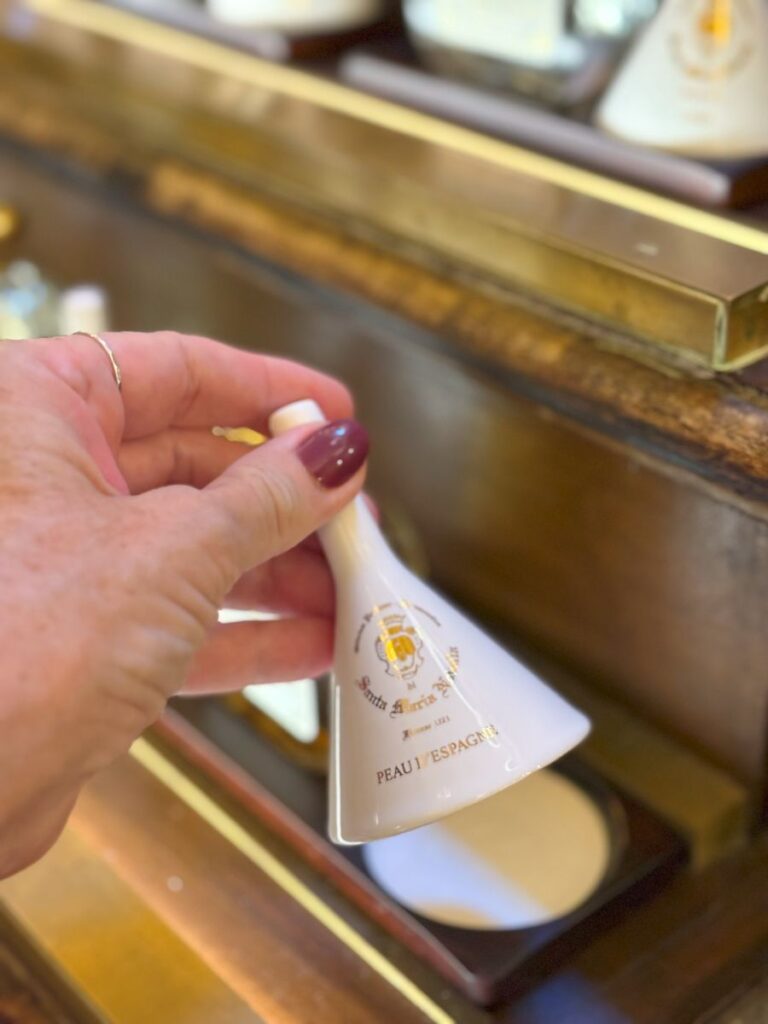
As I walk the streets, I see smaller pharmacies dating from the same era. These I also enter for I love the old glass cabinets, bottles and vials. Each one sells perfumes and cosmetics made in Florence and Italy.
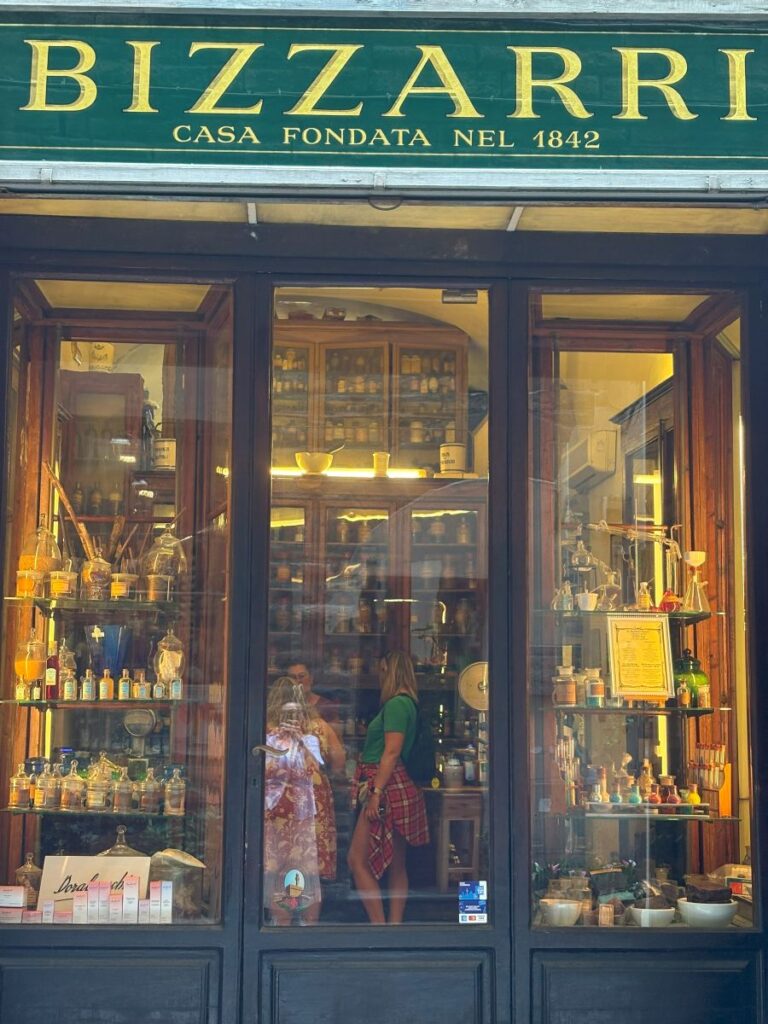
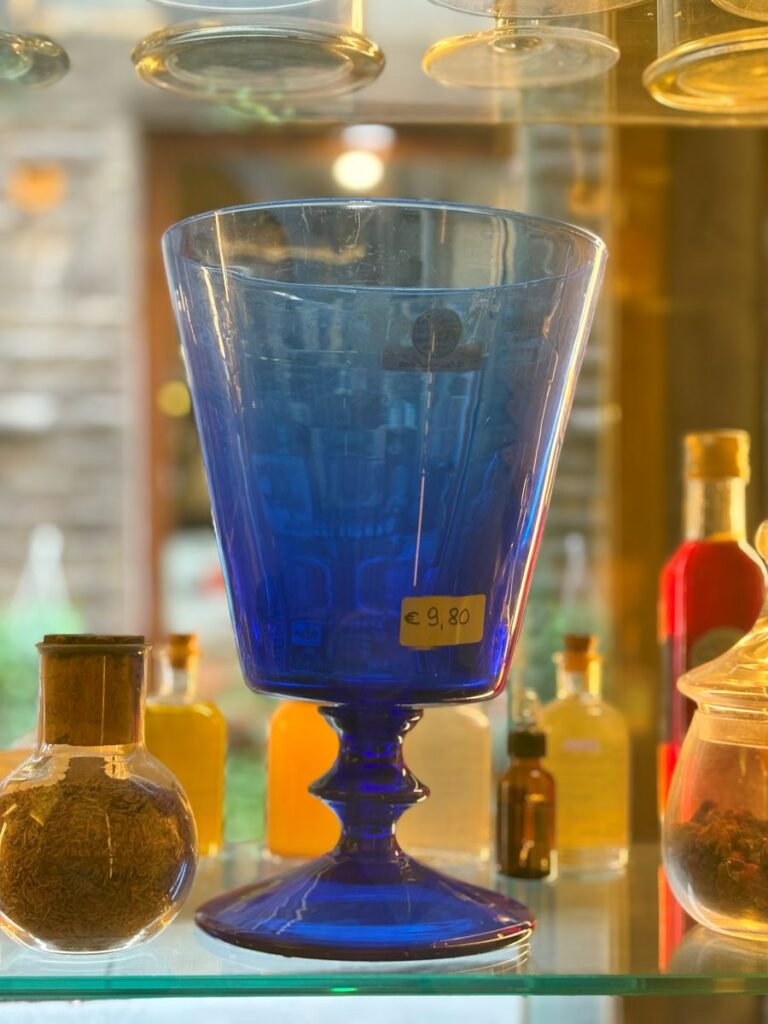
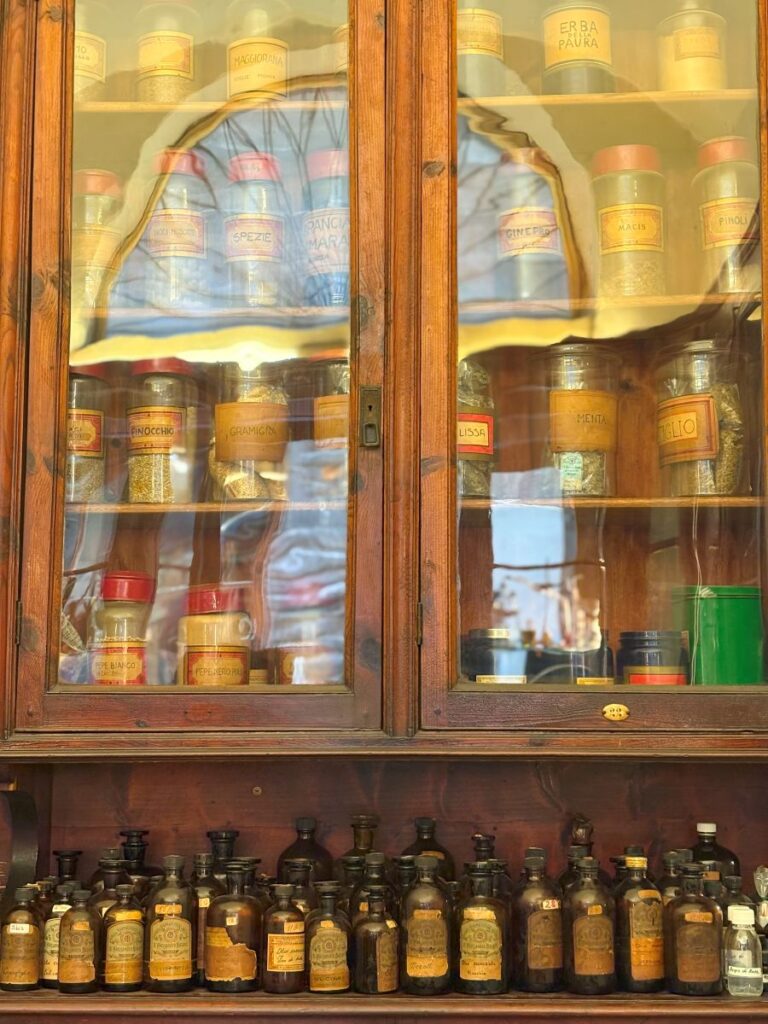
Streets
Oh to wander aimlessly through these narrow old streets, watching as the sun casts shadows down the warm yellow facades. Some of the vistas are enchanting, the medieval architecture combined with flourishes and details.
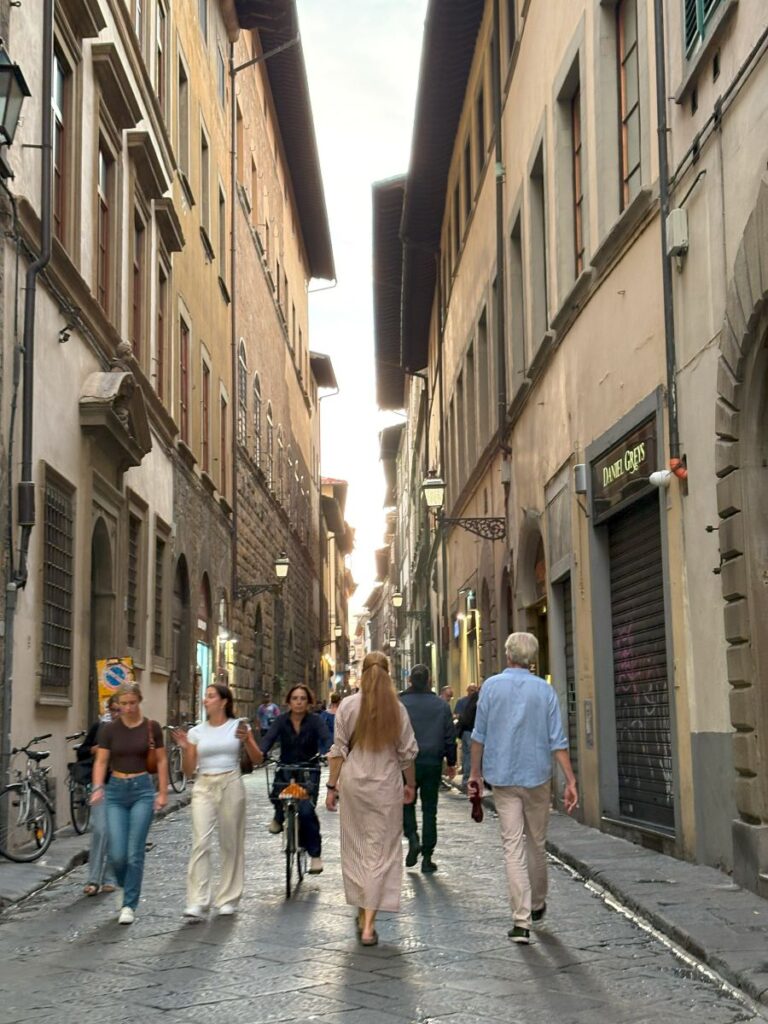
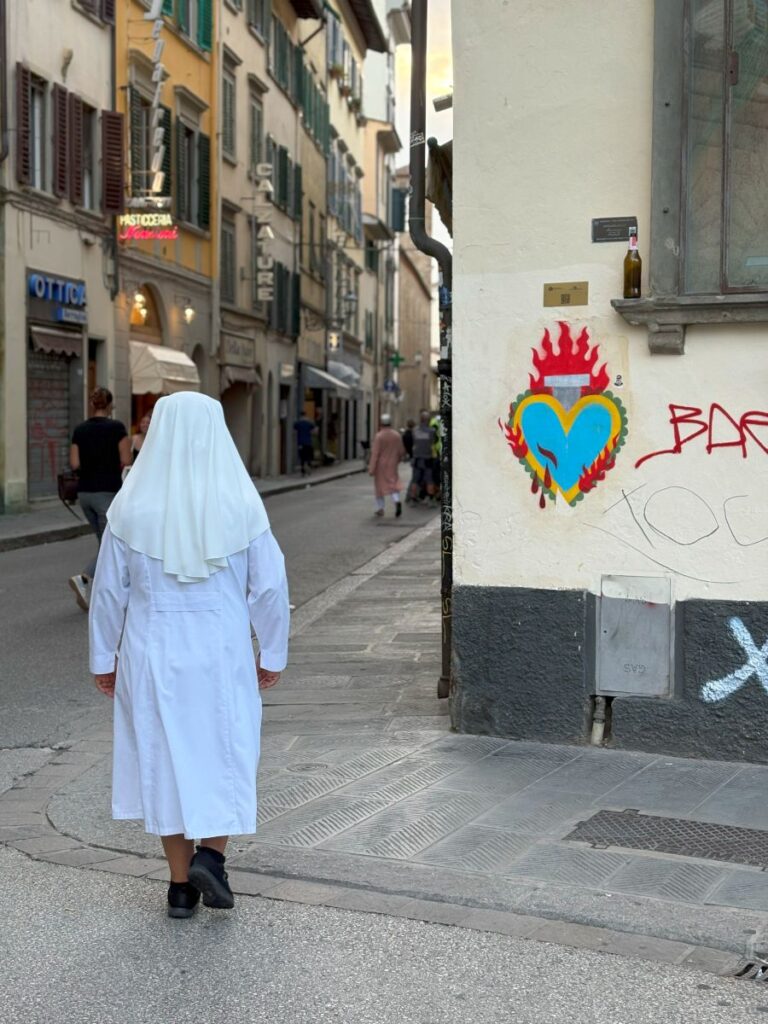
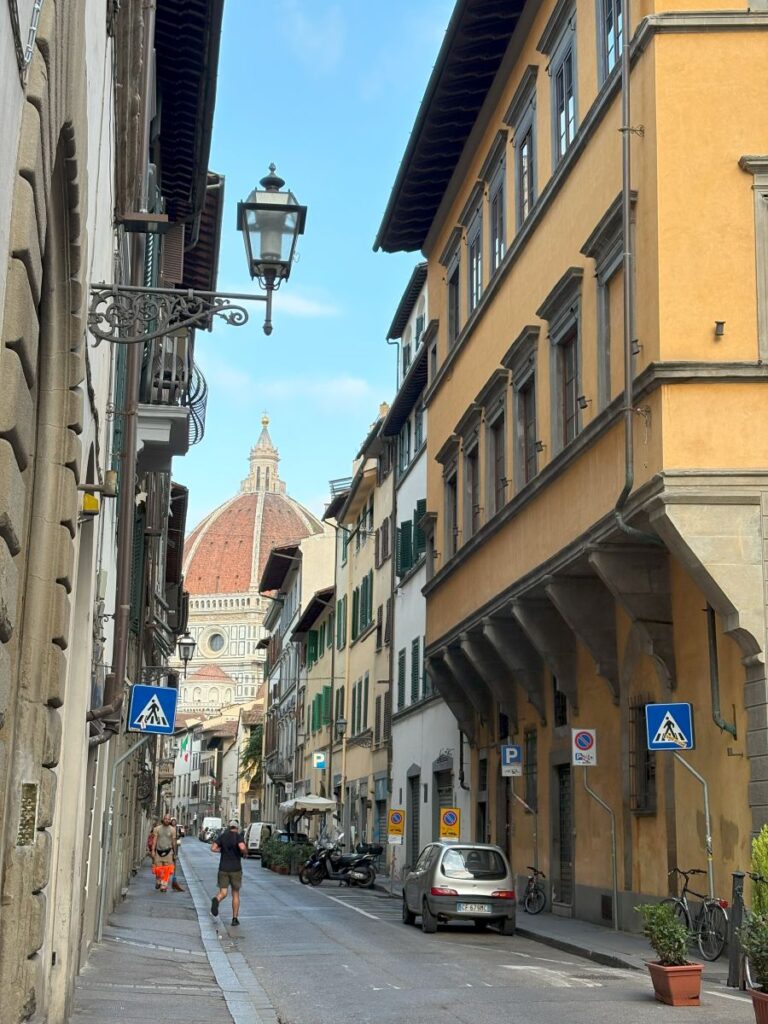
With scooters buzzing past and locals out walking their doggos, to be present in these moments is to feel the real essence of the city.
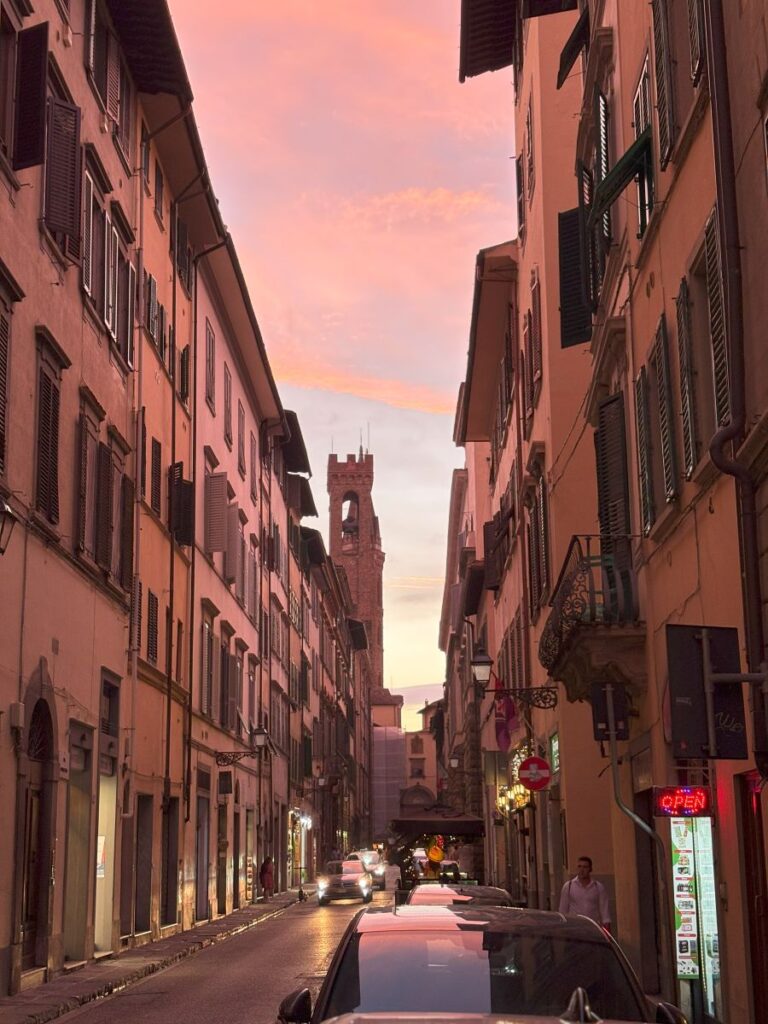

Buildings
I am charmed by the architecture in Florence. This Italian Renaissance construction is unique, warm and inviting. Large timbers, hundreds of years old adorn and support the structures. Painted facades and ones sporting the Medici shield are everywhere. The brickwork, heavy iron balconies and window grates hold stories of times past. Massive doors are the entrances to historical palaces and government buildings of a bygone era.
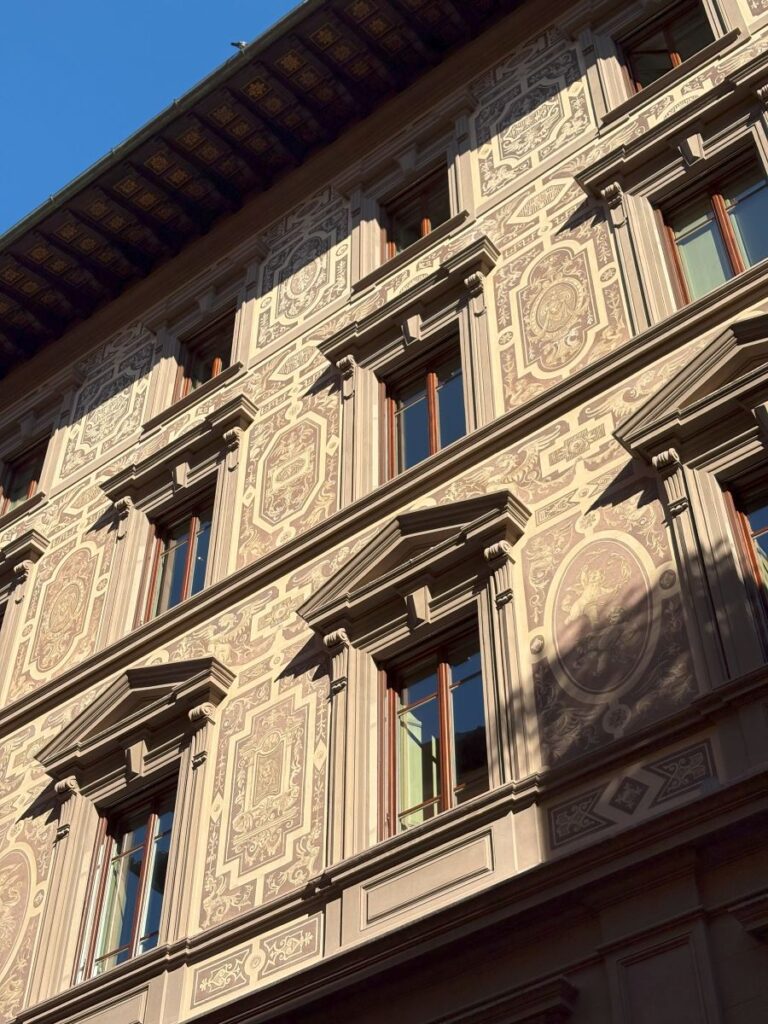
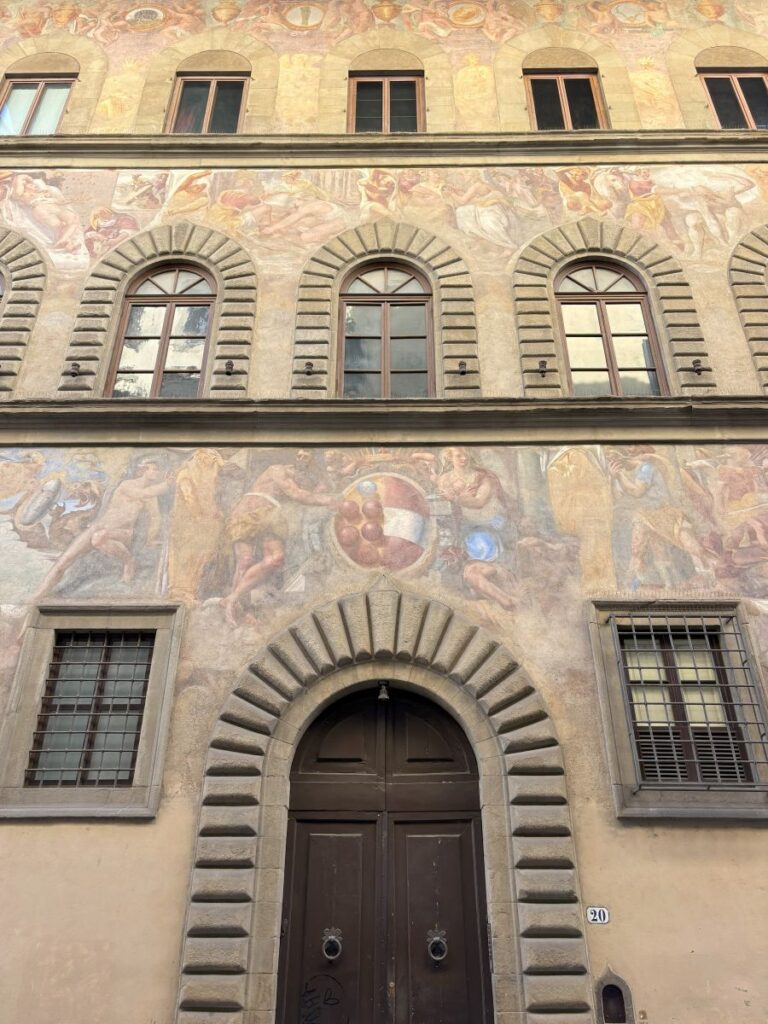
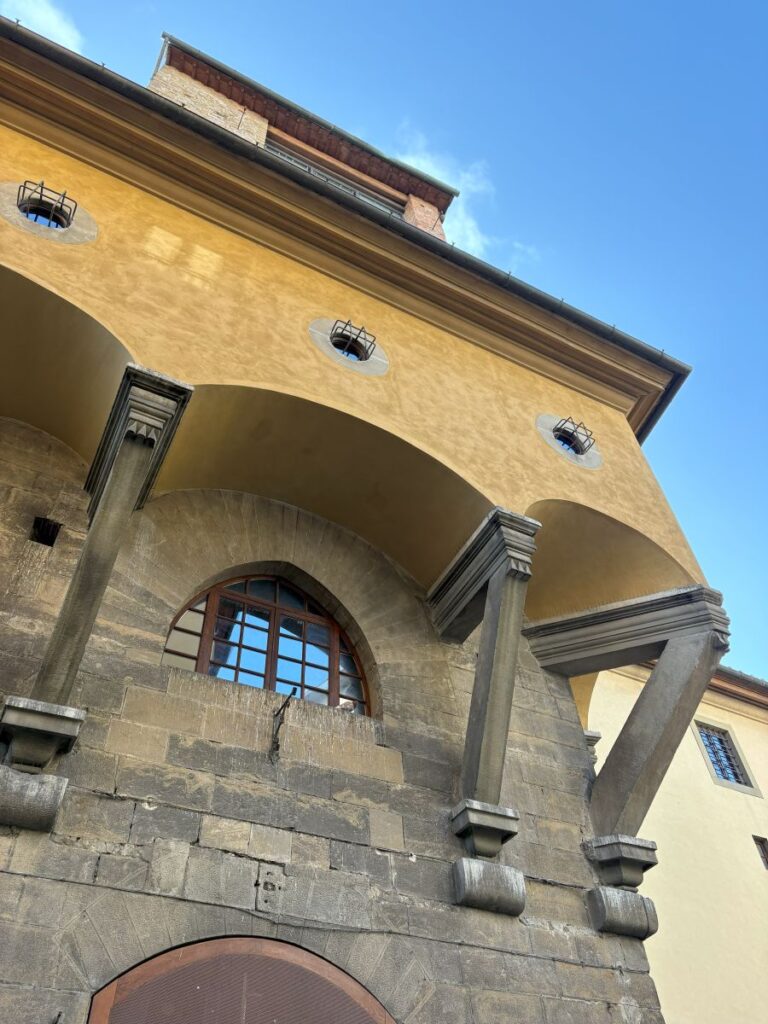
It’s the details that always attract my camera lens. I find them fascinating, corroded and with an aged patina that only something lasting for centuries can have.
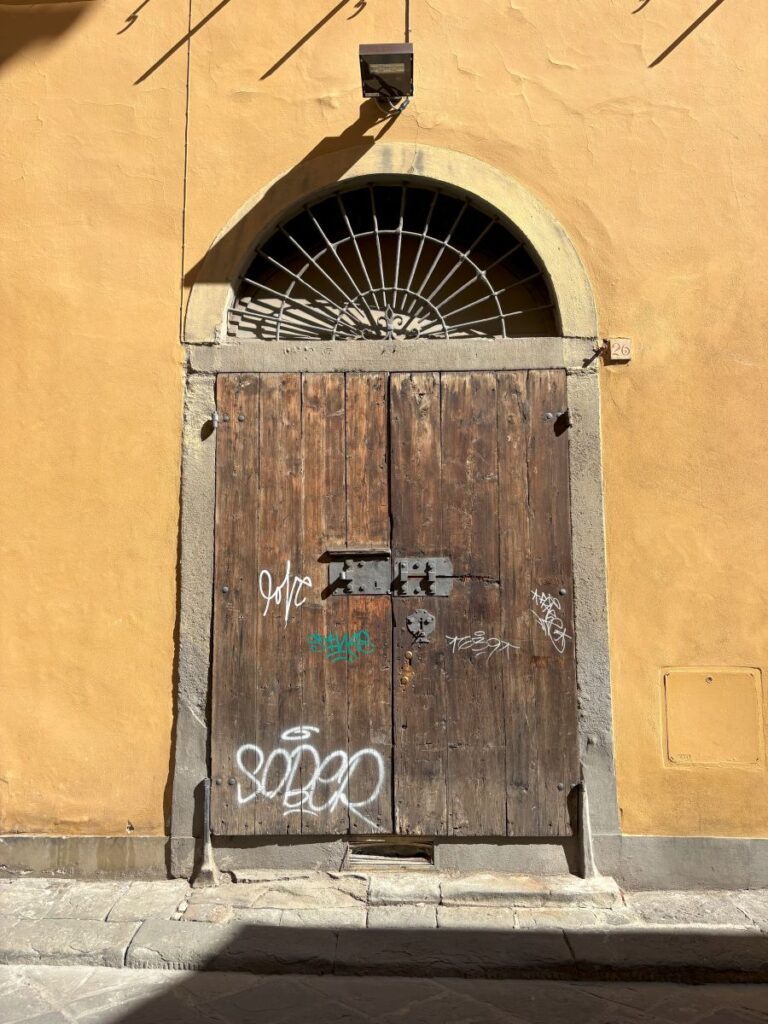
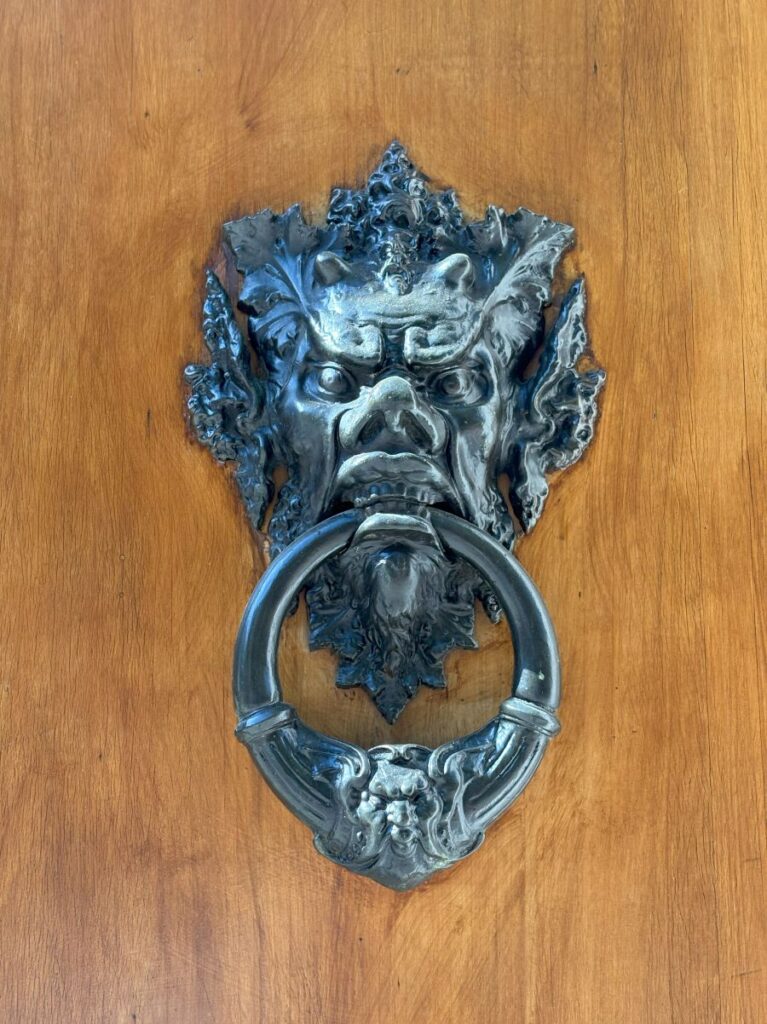
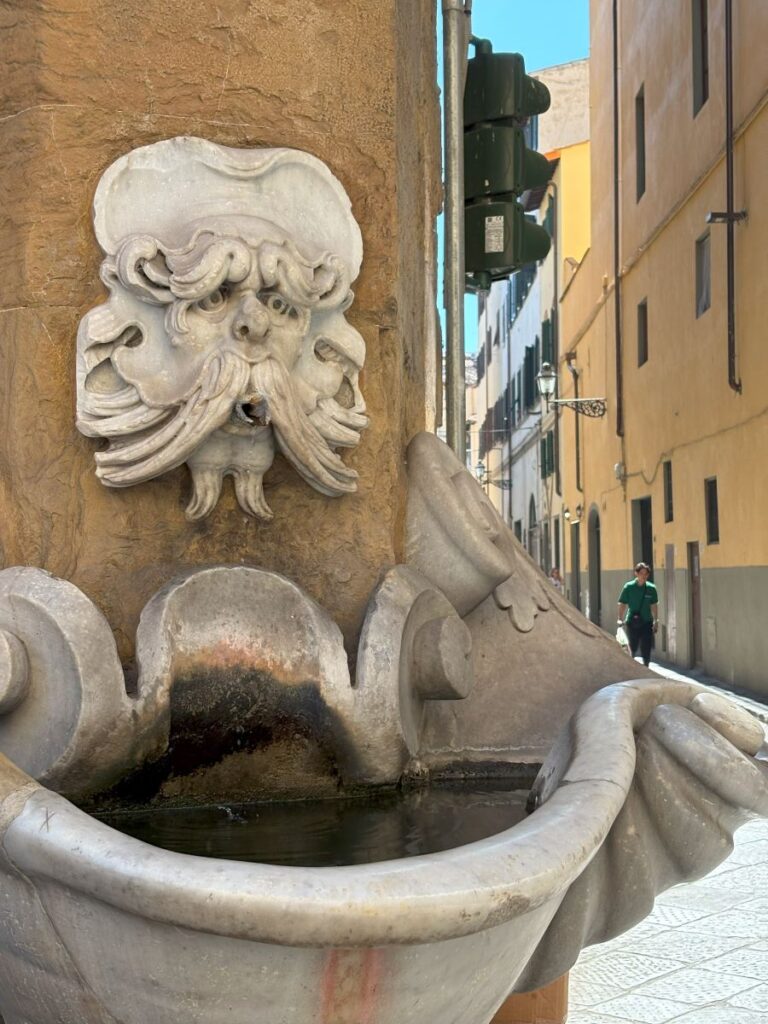
Ponte Vecchio
I end my walk-a-bout town today at this bridge, the Ponte Vecchio. Spanning the Arno River, this bridge was the only one not destroyed in WWII. Originally built by the Romans it is often referred to as the Old Bridge.
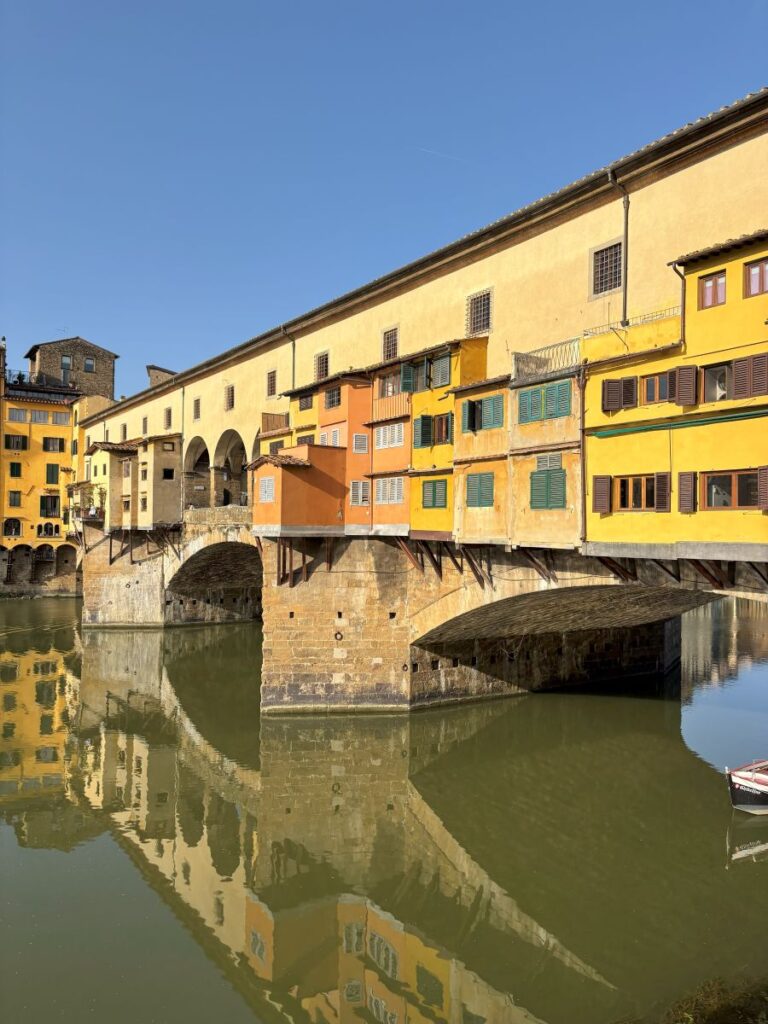
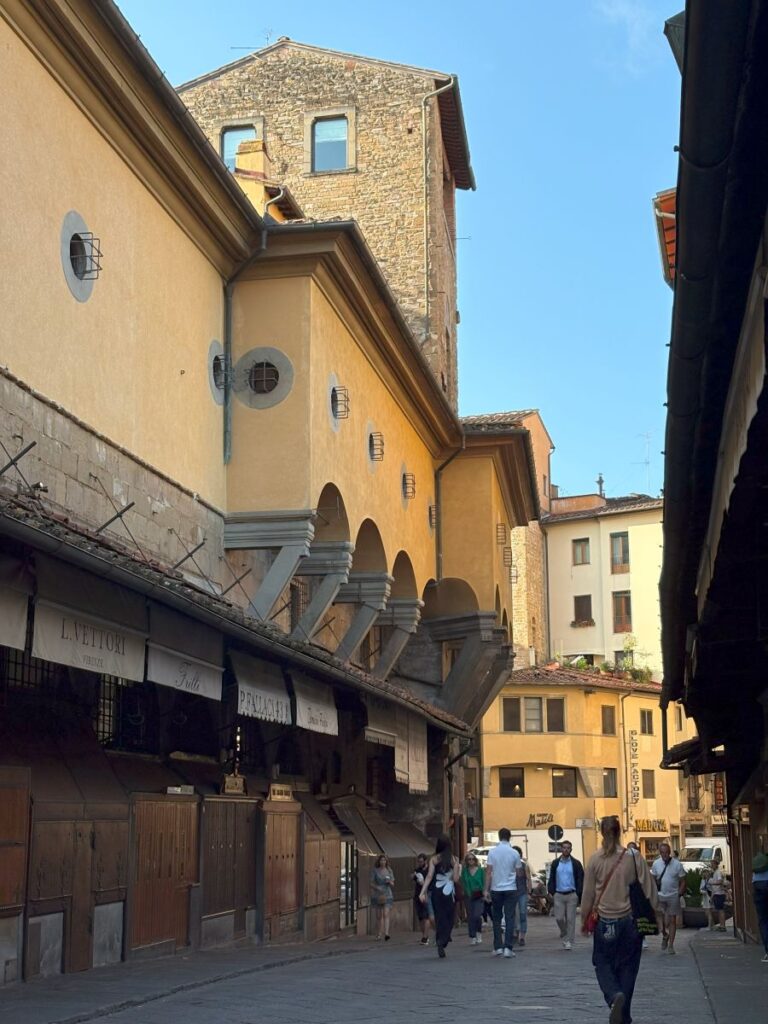
The medieval shops that line both sides, once housed the city butchers. When the Medici Family built that second level, the Vasari Corridor, they ousted the butchers and brought in jewellers. To this day, these shops are full of gold, silver and gemstones and the place to purchase bling in Florence.
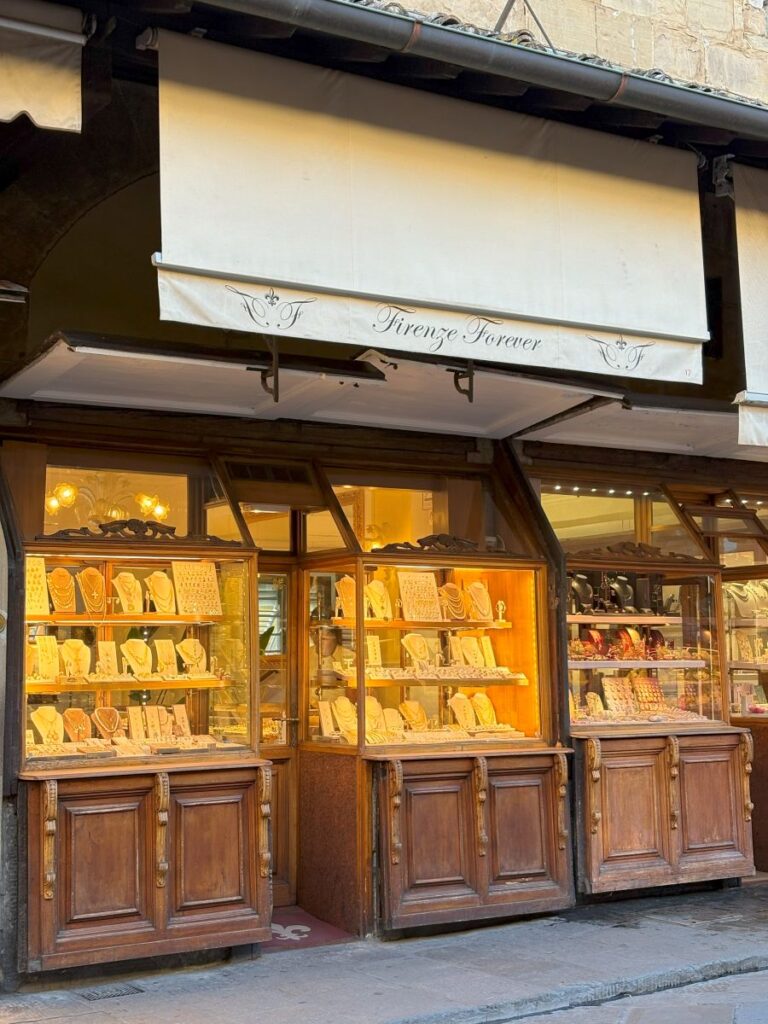
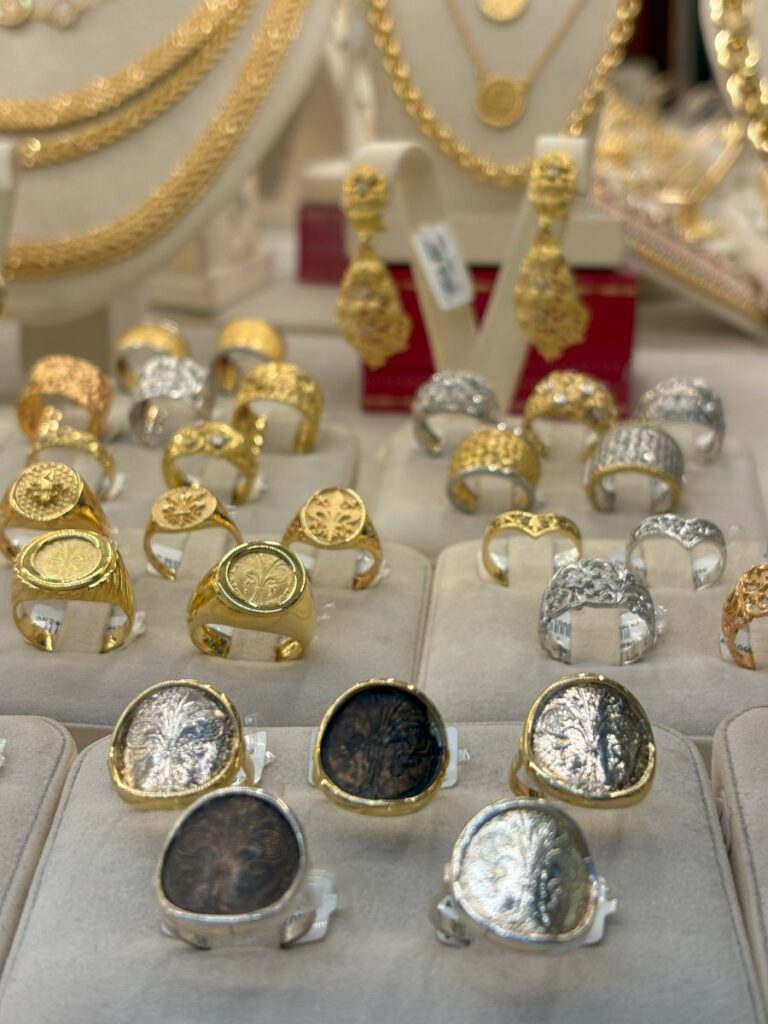
I explore and wander this area almost every day. I am never bored, for there are nuances that I see from day to day that surprise me. Getting lost in a destination that I feel safe to do so in, is the best way for me to learn and discover an area. This is my version of travel, slow travel, feeling the location in my bones. Watching locals in their day-to-day life. This for me is what travel is all about.
